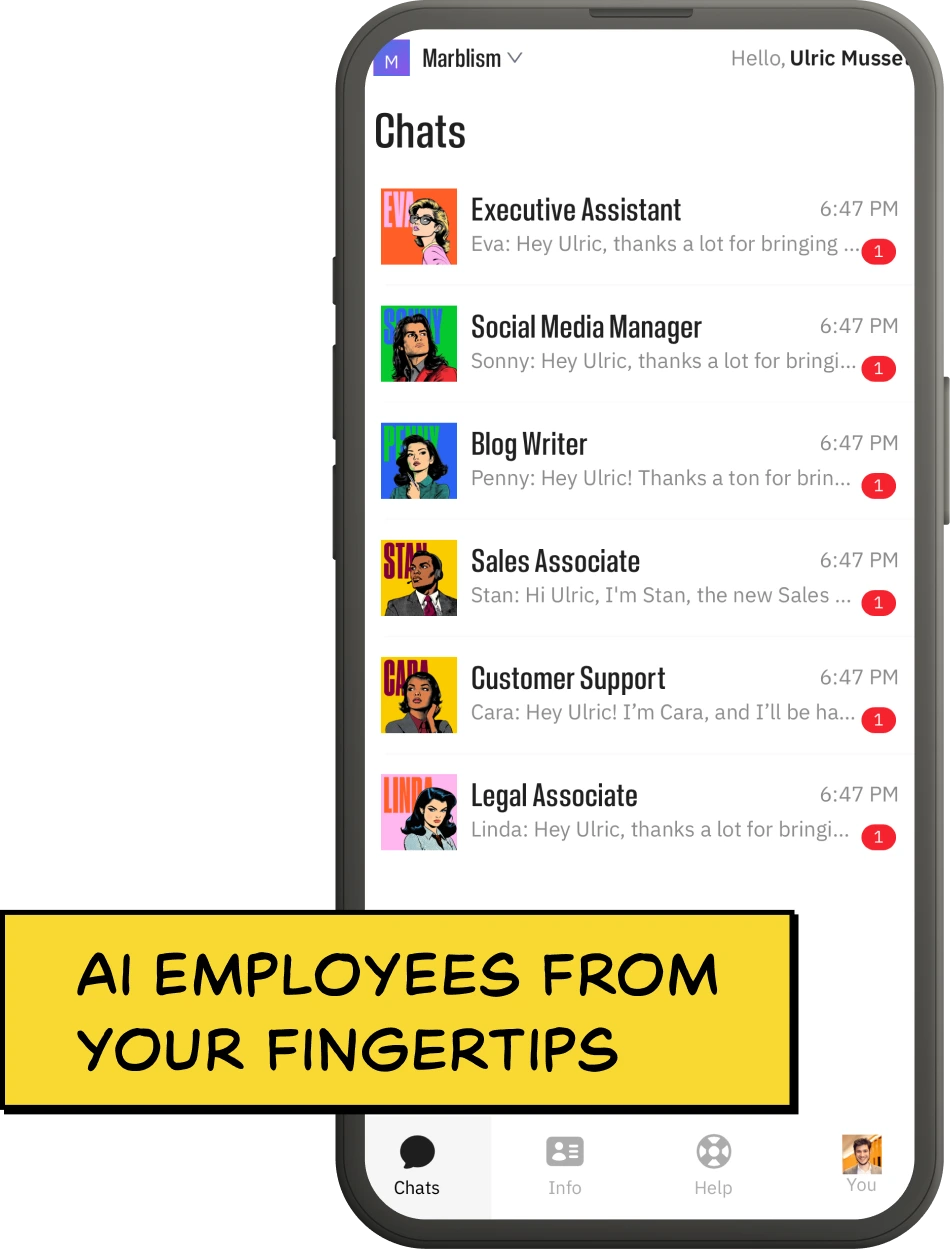Last week, I talked to a CEO who told me something that stopped me in my tracks: "I just got my life back."
He wasn't talking about a vacation or a life coach. He was talking about his AI executive assistant that had been running his administrative world for the past three months.
The numbers? 23 hours saved per week.
That's not a guess or a marketing claim. That's documented time he tracked before and after implementing AI assistance for his executive tasks.
And he's not alone.
The Real Data Behind Executive Time Savings

A recent study by Buckinghamshire Council found that executives using AI-powered assistance saved approximately 25 hours per month on routine administrative tasks. That translates to over 6 hours per week of reclaimed time.
But here's where it gets interesting. Thomson Reuters' Future of Professionals report shows that AI is already saving professionals 4 hours per week in 2024, with projections reaching 12 hours per week by 2029.
For CEOs specifically, the impact is even more dramatic. Research shows executives typically waste 20+ hours weekly on administrative tasks that could be automated. The executives who've implemented AI assistance are consistently reclaiming 20-30 hours every week.
"The difference isn't just the time saved: it's the mental bandwidth I get back. I'm not thinking about scheduling conflicts at 11 PM anymore." - Sarah Chen, CEO of TechFlow Solutions
Where Those 20+ Hours Actually Come From
Let's break down exactly where CEOs are saving the most time with AI executive assistants:
| Task Category | Time Saved Weekly | Impact Level |
|---|---|---|
| Travel & Calendar Management | 8-10 hours | High |
| Email Processing & Responses | 5-7 hours | High |
| Meeting Preparation & Follow-up | 3-5 hours | Medium |
| Report Generation & Data Analysis | 2-4 hours | Medium |
| Administrative Coordination | 2-3 hours | Medium |
Travel Organization accounts for the biggest chunk of time savings. Managing multiple schedules, vendor relationships, and time zones used to require constant back-and-forth communication. AI handles this seamlessly, coordinating with multiple parties without the typical scheduling headaches.
Email Management is the second-largest time saver. The average CEO processes 100+ emails daily. AI can categorize, prioritize, draft responses, and even handle routine communications entirely.

Writing Tasks represent another significant opportunity. From reports to client communications, AI can draft content that matches your voice and style, requiring only final review and approval.
The Implementation Checklist That Actually Works
Based on real implementations from executives who've successfully saved 20+ hours weekly, here's what needs to happen:
Week 1: Foundation Setup
- Audit current time spent on administrative tasks
- Identify top 5 most time-consuming routine activities
- Set up email access and calendar permissions
- Define communication style and preferences
- Establish escalation rules for urgent matters
Week 2-3: Training & Refinement
- Test email categorization and response drafting
- Practice travel booking scenarios
- Refine calendar management preferences
- Set up meeting preparation templates
- Create standard operating procedures for routine tasks
Week 4: Full Deployment
- Enable autonomous handling of defined tasks
- Establish daily/weekly review cycles
- Track time savings and productivity metrics
- Fine-tune based on real usage patterns

The most successful implementations I've seen involve AI assistants like Eva, which can handle complex executive tasks from day one without extensive training periods.
Beyond Time Savings: The Strategic Impact
The 20+ hours you reclaim aren't just about working less: they're about working on what actually matters.
"I went from spending 60% of my time on administrative tasks to spending 80% of my time on strategic decisions. The revenue impact was immediate." - Marcus Rodriguez, CEO of GrowthLab
Decision-Making Quality Improves when you're not mentally drained from administrative overhead. AI assistants can analyze data, identify patterns, and surface insights that help you make better strategic decisions.
24/7 Operational Capability means your executive support never stops. While you sleep, your AI assistant is processing emails, preparing briefings, and coordinating with international teams.
Cost-Effective Scaling becomes possible when one AI assistant can handle the workload that previously required multiple human assistants, without the overhead of benefits, training, or time-off management.

Real Results from Different Industries
Tech Startups: CEOs report saving 18-25 hours weekly, primarily in investor communications, team coordination, and product launch planning.
Professional Services: Managing partners save 15-22 hours weekly on client communications, proposal generation, and administrative oversight.
Manufacturing: Executives save 12-20 hours weekly on supply chain coordination, regulatory documentation, and stakeholder communications.
Healthcare: Practice owners and hospital administrators save 16-24 hours weekly on patient communications, compliance reporting, and staff scheduling.
The pattern is consistent across industries: executives who implement AI assistance properly are reclaiming significant portions of their week.
The Integration That Changes Everything
What separates successful AI executive assistant implementations from failed attempts? Integration depth.
"It's not about having an AI tool. It's about having an AI employee that understands your business context and works within your existing systems." - Jennifer Walsh, CEO of DataStream Corp
The most effective AI assistants integrate with your existing workflow rather than requiring you to adapt to new systems. They work with your current email, calendar, CRM, and communication tools.

Modern AI employee platforms provide this level of integration, allowing executives to delegate tasks naturally without learning new interfaces or changing established workflows.
The Compound Effect of Reclaimed Time
Here's what happens when you consistently save 20+ hours per week:
Month 1: You catch up on strategic initiatives that were collecting dust Month 2: You start identifying new growth opportunities you couldn't see before Month 3: Your decision-making speed increases, creating competitive advantages Month 6: Your team starts operating more efficiently because you're more available for high-level guidance Month 12: The compound effect of better strategic decisions becomes measurable in revenue and market position
The executives who've made this transition describe it as transformative, not just productive.
Making It Real for Your Role
The 20+ hour time savings aren't theoretical: they're happening right now for executives who've made the decision to implement AI assistance properly.
The question isn't whether AI can save you time. The data proves it can.
The question is whether you're ready to reclaim your role as a strategic leader instead of an administrative processor.
Because every week you wait is another 20+ hours spent on tasks that could be automated, instead of opportunities that could be captured.
The choice is yours. The results are waiting.







